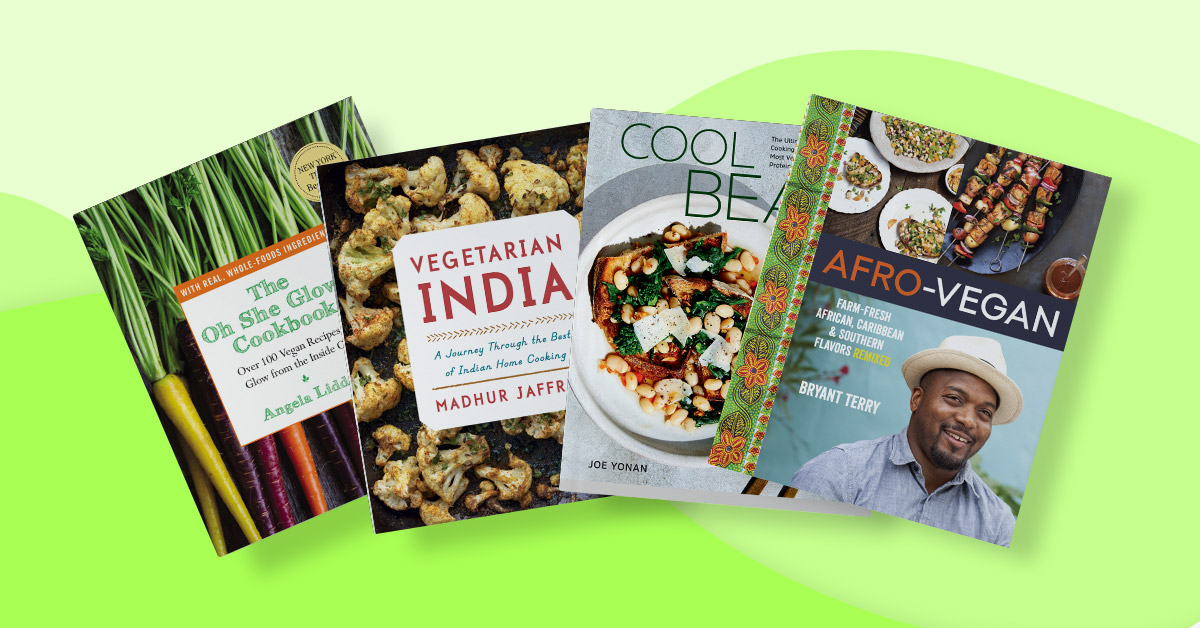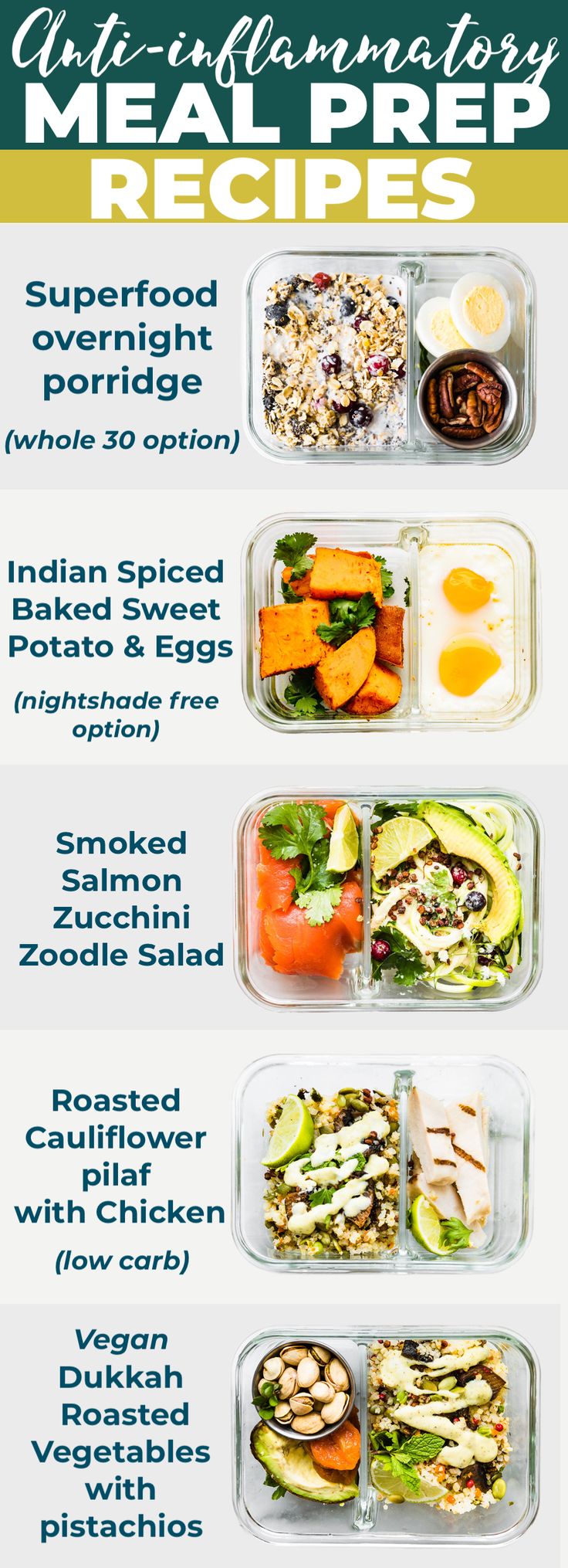
Iron is an essential mineral that supports cellular health and metabolism. Iron is found in a wide range of foods, including meats and poultry, seafood, as well dark green vegetables.
Heme iron, which is found mainly in animal products, is more easily absorbed than non-heme iron. That's why vegetarians and vegans often have a harder time obtaining the proper amount of iron.
Spinach is a rich source of iron
Iron is an important mineral that helps to carry oxygen into all of your cells. Vegans and vegetarians may be at risk of iron deficiency.
It is important to recognize that iron can also be found in many types of food. You need to ensure you eat the right foods to obtain the iron you require.
Spinach is one of most nutritious foods on earth. It contains many vitamins and minerals as well as antioxidants and phytochemicals. These nutrients have been found to lower your risk for cancer, heart disease and other diseases.
It also contains lutein as well as zeaxanthin. These pigments can protect your eyes from the damaging effects of blue light. Zeaxanthin and lutein are especially good for your eyes as they help reduce the risk of macular damage, cataracts, and other eye problems.
There are many ways you can add spinach to dishes. You can even add it to soups, casseroles, pastas, and other dishes.
While spinach is an excellent source for iron, you need to be careful how much you eat. Oxalates can make it difficult for your body to absorb iron effectively. If you are concerned about this, be sure to wash spinach thoroughly before eating it to remove any grit or dirt that can interfere with the absorption of iron.
It is a good source vitamin A
Vitamin A is a crucial nutrient for good health. It also plays a critical role in the immune system. Vitamin A is found in many foods such as leafy green vegetables and cantaloupe.
It is also an fat-soluble vitamin. Therefore, it is easier to absorb when it is eaten along with other fat sources such as avocado and nuts. One cup of spinach provides more than 9% of the daily recommended amount.
Vegans and vegetarians may still struggle to get enough iron from their diets alone. They may require iron supplements because non-heme Iron is not as easily absorbed by the body than heme.
Fortunately, there are plenty of iron supplements on the market, many of which are specifically designed for vegans or vegetarians. They contain the proper dosage of iron in the form of tablets, liquid drops or gummies.
Talking to your doctor about the proper dose is the best way for you to find the right iron supplement. They will test your blood and recommend the correct iron supplement.
PlantFusion's Complete Iron is a budget-friendly option that contains 18 milligrams of fermented iron bisglycinate per tablet. It is gluten-free and free from artificial ingredients. Amazon reviewers rate this product as easy on the stomach and recommend that one tablet be taken daily.
It's a great source of vitamin A

Iron is an important nutrient for vegans. It helps your body produce hemoglobin, a protein in red blood cells that transports oxygen throughout the body. It plays an important role in the manufacture of hormones, and other proteins.
There are two types of iron - heme iron (found in animal protein) and non-heme iron (found in plant foods). Heme iron is more bioavailable, so your body can absorb it easily.
All people need to get adequate amounts of iron, but it is especially important for vegans. They may be more prone to iron deficiency because of their diet.
Good news: Iron can be absorbed into the body by vitamin C.
Vitamin C boosts iron absorption, but it also promotes collagen and other protein production in the bones. It also helps your body form blood vessels, muscle and cartilage.
The best way to get iron is through foods rich in vitamin C, such as spinach. It's important that you remember that cooking may reduce the amount vitamin C in spinach as high as 18.3%.
It is an excellent source of vitamin K
Vitamin K is vital nutrient. It plays an important part in blood clotting. Vitamin K can help prevent heart disease and cancer. You can get your daily requirement of Vitamin K from spinach and kale as well as collard greens or other leafy vegetable.
Spinach, a green leafy vegetable that is very popular, is rich in both vitamin B1 and vitamin B2 forms of this essential vitamin. You can easily incorporate it into your diet by adding it to salads and other dishes.
A good source of vitaminK can be found in fermented foods, such as natto and sauerkraut. Vitamin K1 rich soy products as well as cheese can help vegans get the recommended daily intake.
Vegetarians and vegans are often affected by iron deficiency. It occurs because plant-based sources of iron are not as easily absorbed as heme iron in animal-based foods.
However, you can boost your iron levels by taking a vegan iron supplement. You can find them in a variety of forms including liquid drops, tablets and gummies. Some contain vitamin C, which can improve iron absorption.
It is important to find iron supplements that are safe for vegans. You don't want to go overboard with the amount of iron you take, since too much can be toxic to your body.
Garden of Life Complete Iron is the best option. They come in convenient tablets that melt quickly and taste delicious. This vegan-friendly formula also contains added B12 and folate, which can aid in iron absorption.
It is a good source of calcium
Iron is essential for healthy growth and development. It can be found in two forms: non-heme (derived from plants) or heme (derived from animal proteins).
Heme iron is found in meats and other animal-based foods and is more easily absorbed than non-heme iron from plants. Because it isn't absorbed as quickly, vegetarians often require more iron to keep their bodies healthy than omnivores.
Most people can get sufficient iron from a variety diet, which includes whole grains, fruits, vegetables as well as legumes, seeds, nuts and seeds. An iron supplement is recommended for vegans and those who are strictly vegetarians.

Calcium is an essential nutrient that can improve your health. It plays a critical role in bone strength. While dairy products are the richest source of calcium, milk and other dairy products are not the only sources. Calcium can be found in many foods, such as fruits, leafy plants, beans, and even nuts.
Spinach, which contains 250 mg per cup of calcium, is one of the most nutritious sources. Spinach is also rich in vitamin K which increases calcium absorption.
Spinach is rich source of iron as well as other nutrients. However it also contains Oxalic acid which is an organic compound that hinders the absorption and utilization of minerals. This can cause serious nutritional deficiencies.
It is an excellent source of lutein
Lutein, which is a type o carotenoid, can be found on many vegetables and fruits including dark leafy plants. It can also be found as an ingredient in eggs, nuts, and fortified foods, such as juices.
It protects the retina, macula and other parts of the eye from damage. It helps prevent macular disease, an age-related eye disease that causes blurred vision and blindness.
It is important to eat a balanced diet that includes plenty of colorful fruits and vegetables. This will allow you to absorb enough lutein. It is essential to eat at most two servings of high-lutein foods every day.
Lutein is found in spinach, kale, and many other leafy greens. They also contain plenty vitamin C, which improves iron absorption.
High-quality lutein supplements can be a good way to increase your lutein intake. You can find these supplements in many stores and online.
These supplements can either be used for a daily or specialized purpose. These supplements can be used to reduce oxidative stress, protect the eyes from damaging UV rays, and prevent the development of cataracts.
You should consider taking lutein if you have macular damage or are at risk. Lutein is a natural antioxidant that protects the eyes from damaging toxins and free radicals.
It can also lower the risk of certain types of cancer and improve memory, learning, and verbal fluency. It may also be beneficial in maintaining healthy skin and lungs and may help lower your risk of developing heart disease or diabetes.
FAQ
What is the difference of a virus from a bacteria?
A virus is an organism microscopic that can't reproduce outside its host cells. A bacterium is a single-celled organism that reproduces by splitting itself in two. Viruses are very small (about 20 nanometers) while bacteria are larger (up to 1 micron).
Viruses can be spread by contact with bodily fluids containing infected substances, such as saliva, urine and semen. Bacteria are often spread via direct contact with contaminated surfaces and objects.
Viral infections can also be introduced to our bodies by a variety of cuts, scrapes or bites. They can also penetrate the nose, lips, eyes and ears, vagina,rectum, or anus.
Bacteria can be introduced to our bodies by cuts, scrapes or burns. They can also get into our bodies via food, water or soil.
Both bacteria and viruses cause illness. Viruses cannot multiply in their host cells. So they only cause illnesses when they infect living cells.
Bacteria can grow in their hosts and cause disease. They can also invade other parts of your body. To kill them, we must use antibiotics.
What is the problem with BMI?
BMI stands to Body Mass Index. This refers to the measurement of body weight based on height. Here is how to calculate BMI using the following formula.
Weight in kilograms divided by height in meters squared.
The result can be expressed in a number between 0 to 25. A score of 18.5 indicates that you are overweight and a score of 23 indicates that you are obese.
A person with 100 kg will have a BMI 22 if they are 1.75m tall and weigh 100 kg.
What is the working principle of an antibiotic?
Antibiotics kill harmful bacteria. Antibiotics are used for treating bacterial infections. There are many different types of antibiotics. Some are administered topically, while others are given orally.
For people who have been exposed, antibiotics are often prescribed. To prevent shingles, an oral antibiotic may be prescribed to someone who has had chicken pox. Or, if someone has had strep throat, he or she might receive an injection of penicillin to help prevent pneumonia.
When antibiotics are given to children, they should be given by a doctor. Children are more likely to experience side effects than adults from antibiotics.
The most common side effect associated with antibiotics is diarrhea. Other side effects that could occur include nausea, vomiting and dizziness. These side effects usually disappear once treatment has ended.
Is being cold bad for your immune system?
There are two types of people in the world: those who love winter and those that hate it. But, regardless of whether you love or loathe winter, you might be wondering why it makes you miserable.
The truth is that our bodies are built to function in warm temperatures. In fact, we evolved to thrive in hot climates because that's where most of our food sources are located.
Now, however, we live in a completely different environment to how our ancestors lived. We spend a lot more time indoors, and are more likely to be exposed to extreme temperatures like heat and cold.
As a result, our bodies aren't used to such extremes anymore. That means that when we do venture outdoors, we're left feeling tired, sluggish, and even sick.
However, there are ways to counter these effects. One way is to make sure that you stay well-hydrated throughout the day. You can help flush out toxins and keep your body hydrated by drinking plenty of water.
You must also ensure that you are eating healthy foods. Your body will stay at its best when you eat healthy foods. This is especially important for those who spend long periods inside.
It is worth taking a few extra minutes each day to meditate. Meditation helps to calm your mind and body. This will make it easier and more effective to deal with stress or illness.
Statistics
- WHO recommends consuming less than 5% of total energy intake for additional health benefits. (who.int)
- The Dietary Guidelines for Americans recommend keeping added sugar intake below 10% of your daily calorie intake, while the World Health Organization recommends slashing added sugars to 5% or less of your daily calories for optimal health (59Trusted (healthline.com)
- In both adults and children, the intake of free sugars should be reduced to less than 10% of total energy intake. (who.int)
- According to the Physical Activity Guidelines for Americans, we should strive for at least 150 minutes of moderate intensity activity each week (54Trusted Source Smoking, harmful use of drugs, and alcohol abuse can all seriously negatively affect your health. (healthline.com)
External Links
How To
What does the term "vitamins" mean?
Vitamins can be described as organic compounds found in food. Vitamins are essential for our bodies to absorb nutrients from the foods we eat. The body cannot make vitamins; therefore, they must be obtained from food.
Two types of vitamins exist: water soluble and oil soluble. Water-soluble vitamins dissolve quickly in water. Some examples include vitamin C,B1 and B2 vitamins (thiamine), B2 and riboflavin, B3 and niacin, B6 vitamins (pyridoxine), B6 vitamins (niacin), folic acids, biotin, pantothenic acids, and Choline. The liver and fatty tissue are the main storage places for fat-soluble vitamins. These include vitamin D, E and K, as well as beta carotene.
Vitamins are classified according to their biological activity. There are eight major vitamin groups:
-
A - vital for normal growth and maintaining good health.
-
C – essential for proper nerve function.
-
D - necessary for healthy bones and teeth.
-
E is required for good vision and reproduction.
-
K - required for healthy muscles and nerves.
-
P – vital for building strong bones.
-
Q - aids in digestion of iron and iron absorption
-
R - Red blood cells are made from red blood cells.
The recommended daily allowance (RDA) of vitamins varies depending on age, gender, and physical condition. The U.S. Food and Drug Administration has established the RDA values.
For adults aged 19 or older, the RDA of vitamin A is 400mg per day. For fetal development, pregnant women require 600 micrograms per daily. Children ages 1-8 require 900 micrograms per day. Babies under one-year old need 700 micrograms per daily. Between 9 and 12 month, however, this drops to 500 mg per day.
Children aged 1-18 years need 800 micrograms daily, while children overweight require 1000 micrograms per days. Children who are severely obese or underweight will need 1200 micrograms each day.
Children aged 4-8 years old who have been diagnosed as having anemia require 2200 micrograms of vitamin C per day.
Adults over 50 years of age need 2000 micrograms per day for general health. Women who are pregnant or breastfeeding need 3000 micrograms per day due to increased nutrient requirements.
Adults over 70 require 1500 micrograms each day, since they lose approximately 10% of muscle mass each decade.
Women who are pregnant or lactating need more than the RDA. Pregnant women need 4000 micrograms per dayduring pregnancy and 2500 micrograms per day after delivery. Breastfeeding mothers need 5000 micrograms per day when breast milk is being produced.